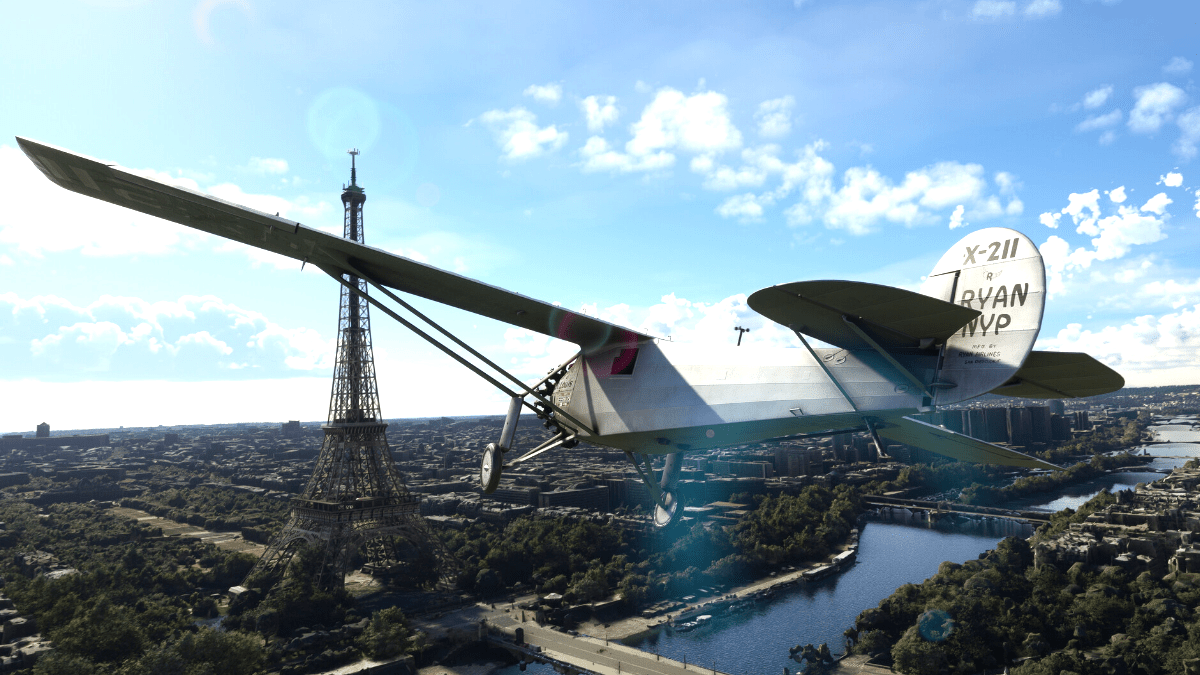Video game technology has advanced in leaps and bounds since the beginning of home computing in the 1980s. As the processing speeds have increased, so have the number of game developers pushing the boundaries of what is possible. Map sizes are no exception, and the games on this list represent the most mind-blowing ones created so far.
Some of these games have gained lasting appeal, while others have been raked across the coals by critics and players alike. But all the maps on this list represent brilliant technical achievements by the developers.
10. Final Fantasy XV (2016)
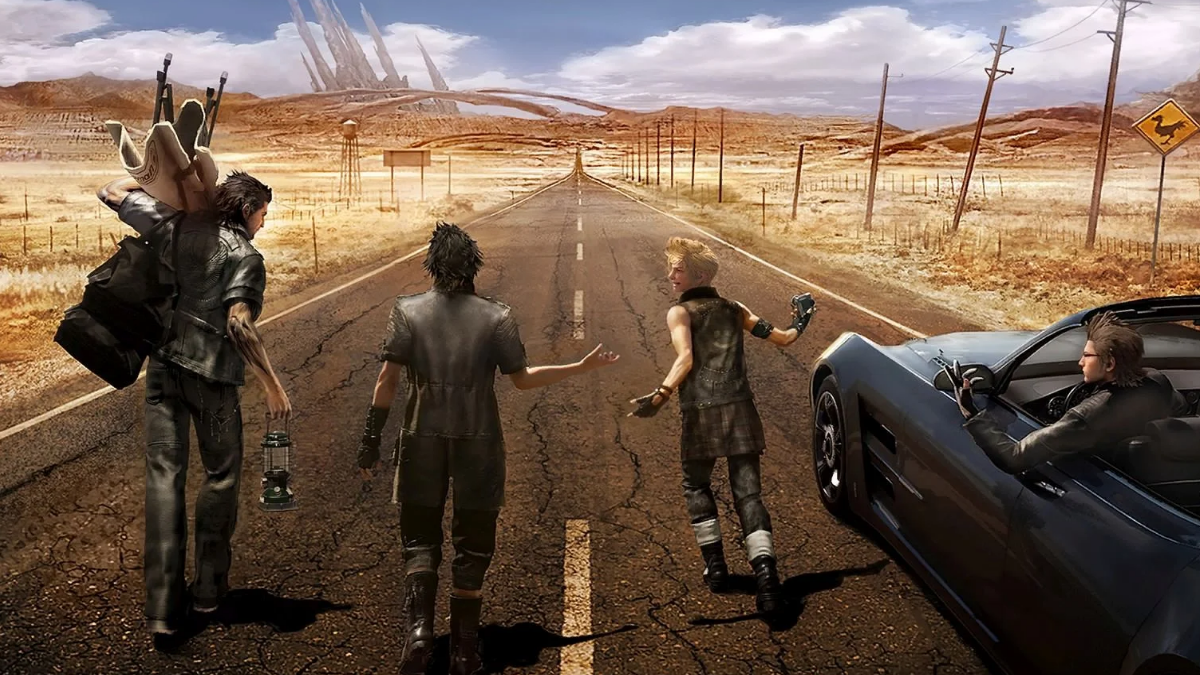
Coming in at 750 square miles in size, the open-world map for Final Fantasy XV makes 10 on this list. The developers made large portions of the world inaccessible mountains, so the bits you can travel to are restricted, but the map is still huge enough for any sane person — even if most of it is unpopulated.
9. Tom Clancy’s Ghost Recon: Breakpoint (2019)

Breakpoint is an open-world tactical shooter and the 11th entry in the Ghost Recon series. Set on the fictional Pacific island chain of Aurora, the map is over 781 square miles. Limited objective markers mean the player has to cover a lot of ground to even begin missions. Day-to-day survival is a key part of the game.
Receiving mixed reviews on release, Breakpoint failed to gain lasting popularity. However, the technical achievement from the developers is not up for debate, even if most of the map is an open country filled with absolutely nothing of interest.
8. The Crew (2014)

The Crew is an online-only racing game that sees the player infiltrate the criminal underworld and compete in a series of death-defying races. The map represents the whole of the continental United States, albeit a much more scaled-down version. The final map size is around 1,900 square miles, but it still takes a fast car driven by a skilled player at least 45 minutes of real time to drive coast to coast.
7. Fuel (2009)

A Mad Max-style post-apocalyptic racing simulator seething with tornados and sandstorms, Fuel has a map that takes players over three hours to drive across at full speed. At 5,560 square miles, it is larger than the entire state of Connecticut. Within the map, there is a whopping 10,000-mile road network.
In Fuel, the Earth has been devastated by catastrophic levels of global warming and several racers compete to survive in this new, unforgiving environment. In free-roam mode, the game features zero loading screens (apart from when you crash), meaning you can drive without interruption for hours on end — a great technical achievement for 2009.
6. Guild Wars Nightfall (2006)
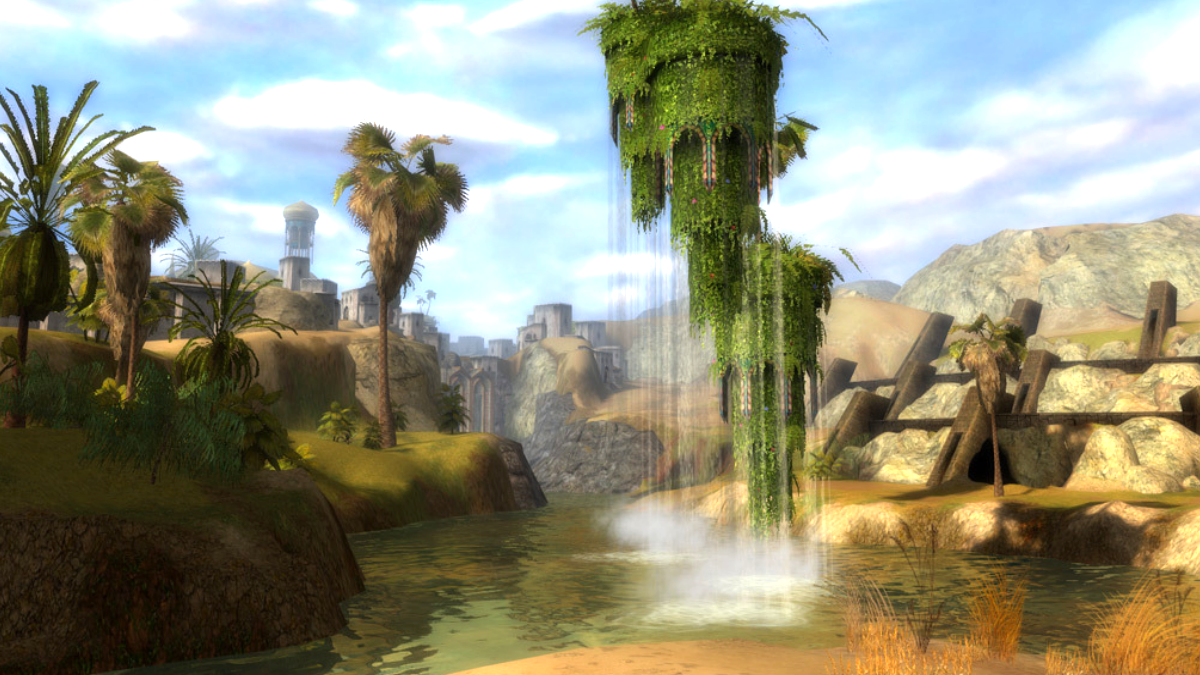
Guild Wars Nightfall takes place on the continent of Elona in the Guild Wars universe, and does an incredible job of modeling a sizeable portion of it. A World of Warcraft-style MMORPG, Nightfall has a map area totaling approximately 15,000 square miles — about the same size as the whole of Switzerland. This means there is always something to do and somewhere new to visit.
For an almost 20-year-old game, Nightfall still has a reasonable online following.
5. The Elder Scrolls II: Daggerfall (1996)
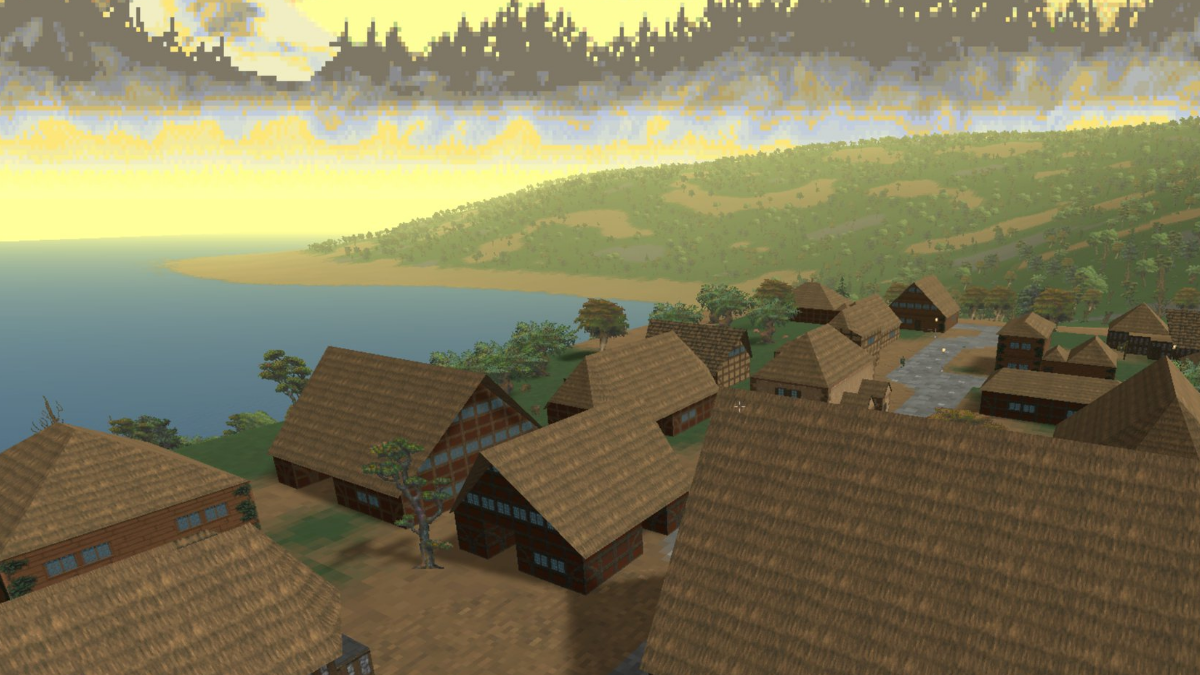
In 1996, working with a laughably small development team by modern standards, developer Julian Le Fay managed to create the impossible. Daggerfall, the second game in the popular Elder Scrolls series, sent players to the Iliac Bay, a region of Tamriel consisting of northern Hammerfell and much of High Rock. Using procedural generation technology, the map was about 80,000 square miles in size, though estimates vary. Daggerfall‘s world consisted of over 15,000 towns, cities, dungeons, and fortresses for the player to explore. The game’s vast size was paired with procedurally-generated quests and characters, meaning that players would always find some kind of adventure to embark upon in any of the game’s thousands of settlements.
In recent years, Daggerfall has seen a resurgence, having been recreated by fans in the Unity engine, allowing players to mod the game and improve the original graphics.
4. Microsoft Flight Simulator (2020)
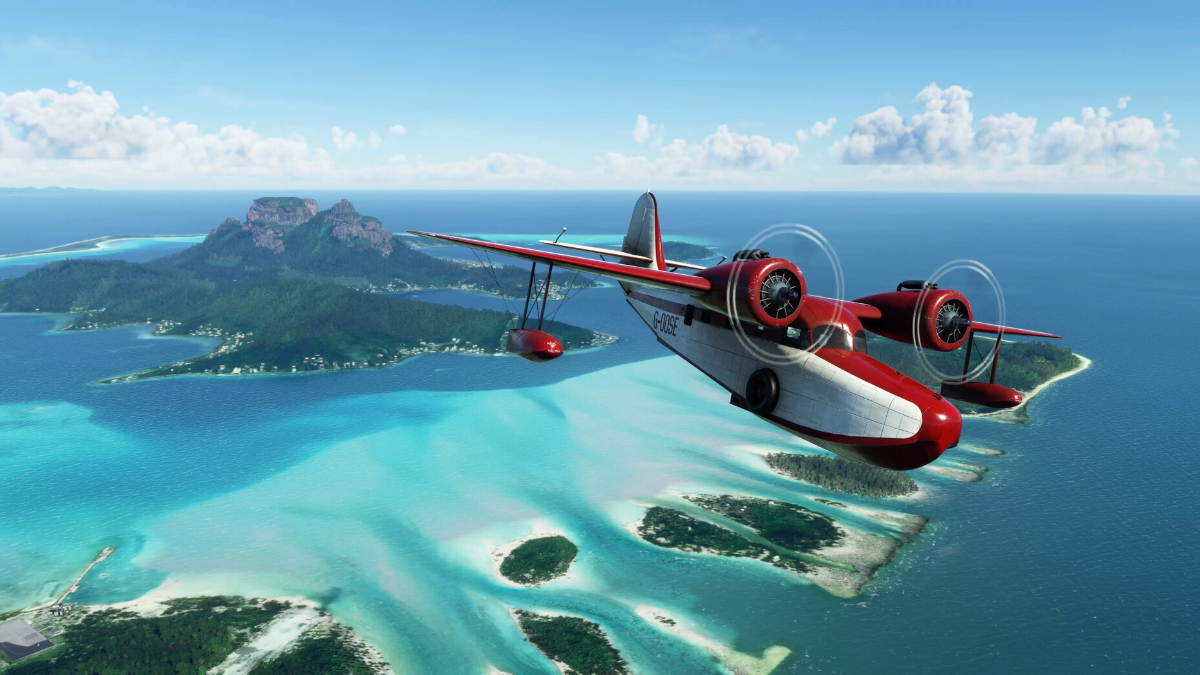
A game that covers our entire planet, this superb flight sim accurately generates 197 million square kilometers of Earth. Using satellite mapping technology, coastlines, mountains, and buildings are automatically rendered. Microsoft Flight Simulator even generates real-time weather — including violent thunderstorms, meaning you can put your piloting skills to the ultimate test.
Thousands of planes and airports are available in exquisite detail. Of course, the first thing every new player does is crash into their own house.
3. Minecraft (2011)

The Minecraft map is eight times larger than the surface of the Earth. Procedural generation means players can play the game for a lifetime and constantly walk into new environments. Sales figures were equally gargantuan. Since launch, 238 million copies have been sold, amounting to $3 billion worth of profit.
Minecraft even has several applications outside of video gaming. Architects have used it to plan cities, schools have picked it up to teach children about history, and working virtual computers have been built in-game by real-world scientists.
If you like walking around worlds made entirely out of blocks, Minecraft can satisfy your desires forever.
2. Elite Dangerous (2016)

An online multiplayer space simulation where players fly, trade, and fight across a map — which is a 1:1 representation of the Milky Way galaxy, containing perhaps 400 billion star systems. What’s cool is that some of these stars are modeled on real astronomical charts.
Taking on the role of a Commander (or CMDR), Elite: Dangerous lets the player make their own story. Become a merchant, bounty hunter, or simply an explorer. Since the initial release in 2016, a series of updates and expansions have come out, fleshing out the game and adding new plots.
1. No Man’s Sky (2016)
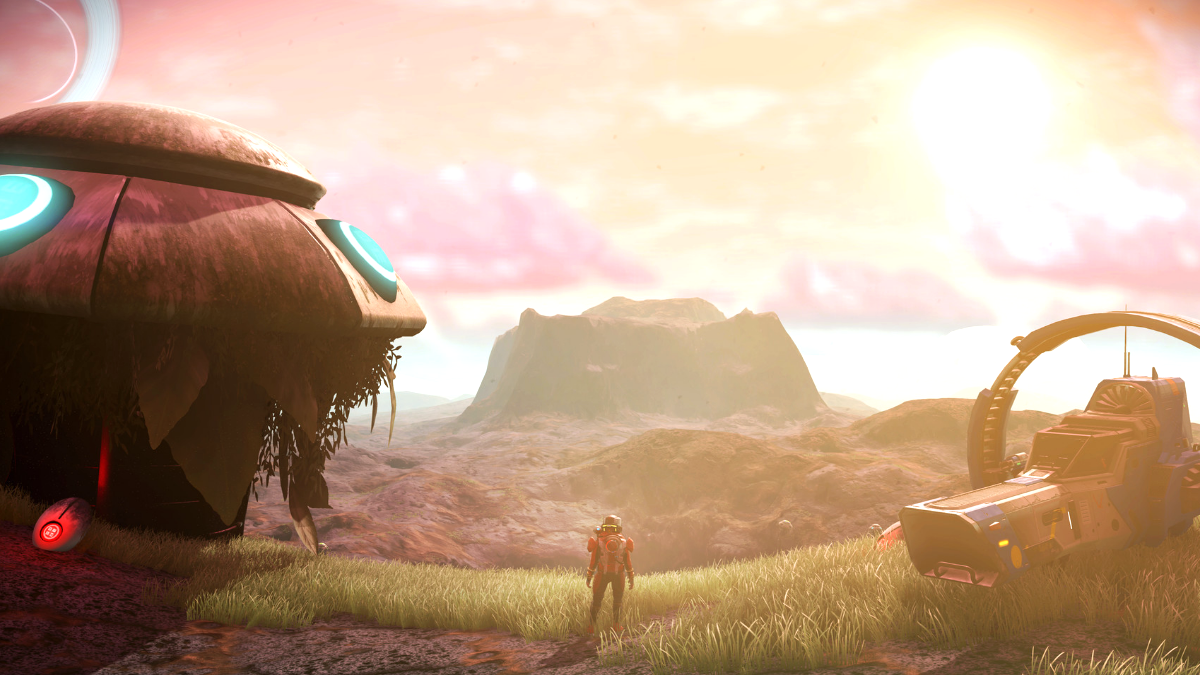
Eviscerated on release for its severe lack of anything to do, No Man’s Sky is more of an experiment than a game. It contains over 250 galaxies to explore. True, they are procedurally generated and may occasionally be populated by dinosaurs with hilariously odd anatomy, but the game can truly say that its map is unexplorable in a single lifetime.
Patches since its initial release have seen the game grow into something more playable, and a steady stream of new fans are now getting into No Man’s Sky. Even with procedural generation, 250 fully formed galaxies is a major technical achievement. The game clearly has the largest map on this list by a huge margin.

